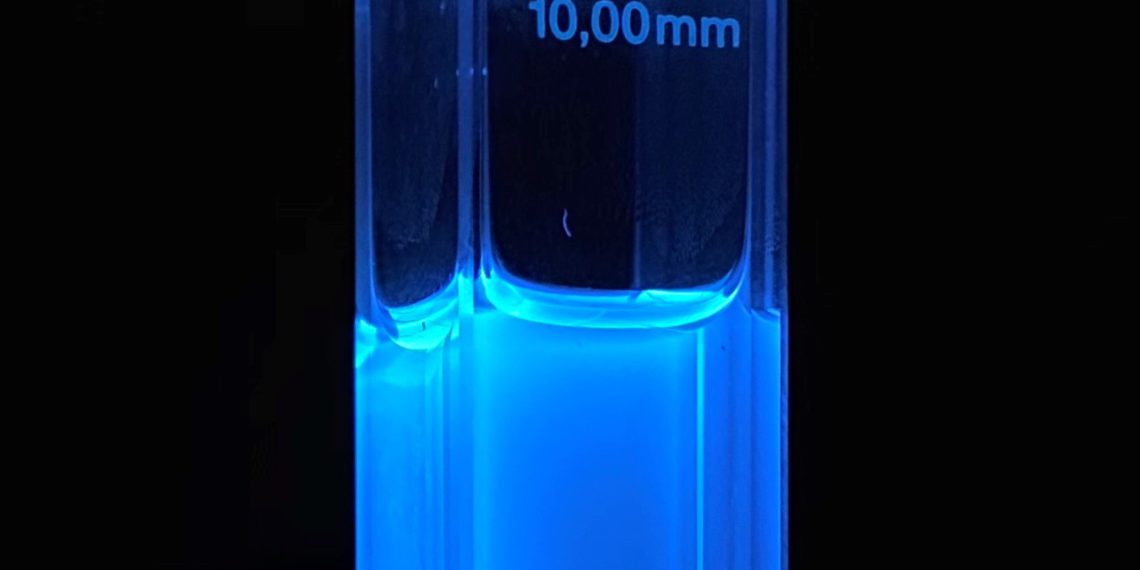Chemists at the University of Göttingen have now succeeded in producing the structure of the chromones, which is particularly active in biological systems and drugs, in just one step — starting from inexpensive starting materials. The results of the study have been published in the journal Nature Communications.
When active ingredients are produced traditionally, many synthetic steps are often necessary. In addition, relevant amounts of waste and byproducts are generated in the process. For the current work, the researchers used a rhodium catalyst in combination with electric current to produce important active structures in a resource-efficient way and thus electrochemically modify peptides. The team developed a new concept to label modified tyrosine amino acids in peptides. Selectively modifying peptides is difficult, but important for biochemistry and medicine, among others, to understand molecular cell processes.
The naturally occurring amino acid tyrosine could be electrochemically modified in such a way that the molecules fluoresced under irradiation. “It’s fascinating that we can make amino acids glow through an electrochemical reaction,” says Prof. Lutz Ackermann of the University of Göttingen, who led the study. The researchers are convinced that their findings will enable further more efficient compound manufacturing processes that bring improved properties for biochemical research and medical applications.

















